Breast Cancer Index Risk Scores a Prognostic Indicator of Overall, Late Distant Recurrence
The Breast Cancer Index (BCI) and BCI node-positive (BCIN+) risk scores are effective at estimating the individual risk of overall and late distant recurrent (DR) breast cancer, including in HR-positive early breast cancer, according to research from the ASCO 2023 Annual Meeting.
The researchers calculated the BCI/BCIN+ continuous risk scores for 1,285 patients with non-invasive cancer (group N0) and 1,762 patients with breast cancer spread to 1-3 lymph nodes or in internal mammary lymph nodes (group N1). They evaluated the hazard ratios and confidence intervals for BCI/BCIN+ continuous risk scores after adjusting for factors such as age, size of tumor, grade, and treatment. They estimated the 10-year risk of overall recurrence as well as risk of late DR (between 5 years and 10 years).
In patients who did not undergo adjuvant chemotherapy and for patients who were DR-free at 5 years, the researchers evaluated overall and late DR continuous risk curves “to reflect the two key time points for breast cancer treatment decision-making.”
Concerning overall DR, BCI was significantly prognostic for patients in the N0 group (1,197 patients; HR = 1.39; 95% CI, 1.25-1.54; P < .001) as well as in the N1 group for patients who did not undergo chemotherapy (1,319 patients; HR = 4.29; 95% CI, 2.93-6.28; P < .001).
BCI was also significantly prognostic for late DR among patients in the N0 group (1,285 patients; HR = 1.23; 95% CI, 1.07-1.42; P < .001) and BCIN+ was prognostic in the N1 group (1,762 patients; HR = 2.78; 95% CI, 1.75-4.43; P < .001).
In a subset of patients with HER2-negative breast cancer, BCI/BCIN+ was prognostic for overall DR in the N0 group (978 patients; HR = 1.52; 95% CI, 1.34-1.73; P < .001) and N1 group (1,132 patients; HR = 4.04; 95% CI, 2.66-6.13; P < .001) as well as late DR in the N0 group (1,063 patients; HR = 1.31; 95% CI, 1.11-1.53; P < .001) and N1 group (1,503 patients; HR = 2.87; 95% CI, 1.17-4.81; P < .001).
“Results from this largest BCI study to date further support the use of BCI to provide individualized risk estimates for both overall and late DR in women with HR+ breast cancer to aid in personalized decision-making for adjuvant therapy,” wrote John M.S. Bartlett, BSc, PhD, of the Cancer Research UK Scotland Centre at the University of Edinburgh.
--
Reference:
Disclosures: Some authors declared financial ties to drugmakers. See full study for details. This study was supported by Hologic.
Photo Credit: Getty Images.
By Jeff Craven, MD /alert Contributor

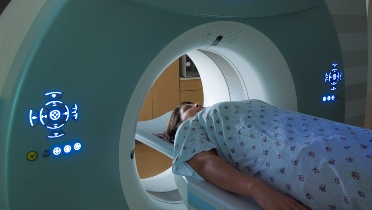
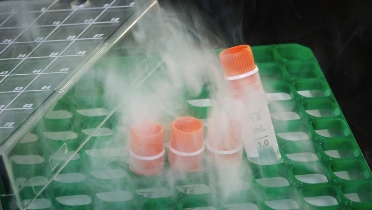



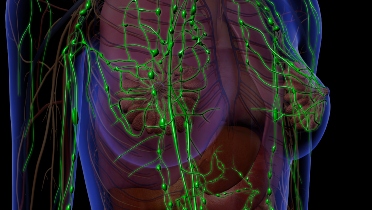



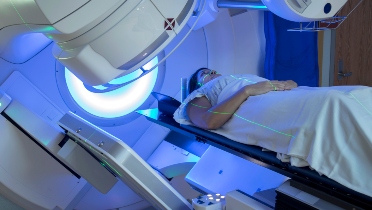

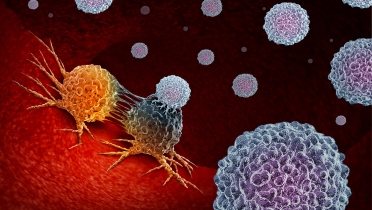



.jpg)
.jpg)
.jpg)
.jpg)
.jpg)
.jpg)
.jpg)
.jpg)
.jpg)
.jpg)
.jpg)
.jpg)
.jpg)
.jpg)
.jpg)
.jpg)
.jpg)
.jpg)
.jpg)
.jpg)
.jpg)
.jpg)
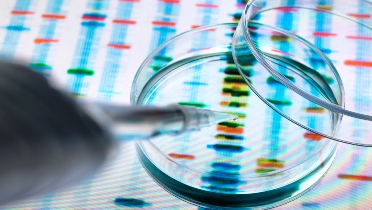
.jpg)

.jpg)

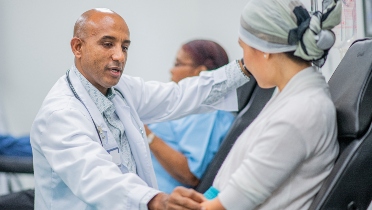



.jpg)
.jpg)
.jpg)
.jpg)
.jpg)

.jpg)

.jpg)
.jpg)
.jpg)
.jpg)
.jpg)
.jpg)
.jpg)
.jpg)
.jpg)
.jpg)
.jpg)
.jpg)
.jpg)
.jpg)
.jpg)
.jpg)
.jpg)
.jpg)

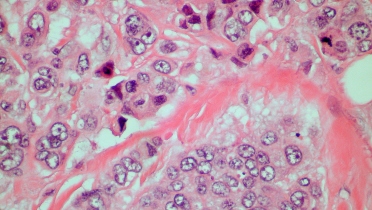
.jpg)
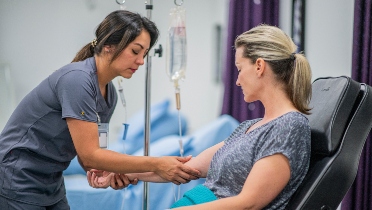
.jpg)


.jpg)



.jpg)
.jpg)
.jpg)
.jpg)
.jpg)
.jpg)
.jpg)
.jpg)
.jpg)


.jpg)
.jpg)
_.jpg)
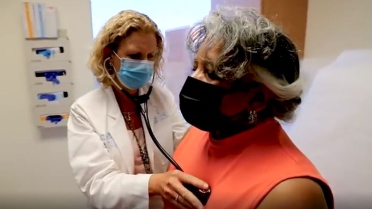
.jpg)
.jpg)
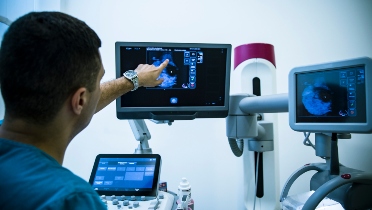

.jpg)
.jpg)

.jpg)

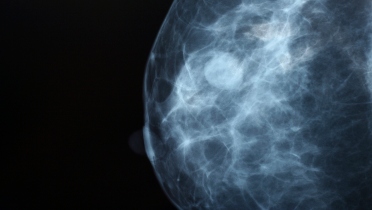
.jpg)
.jpg)
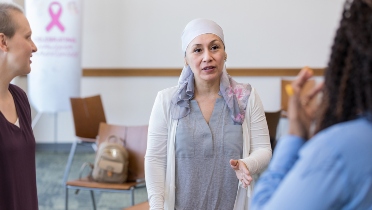

.jpg)
.jpg)

.jpg)

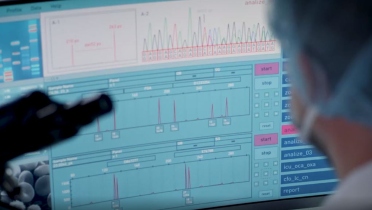
.jpg)
.jpg)
.jpg)
.jpg)
.jpg)

.jpg)
.jpg)
.jpg)
 Featured Breast Cancer Videos
Featured Breast Cancer Videos.jpg)